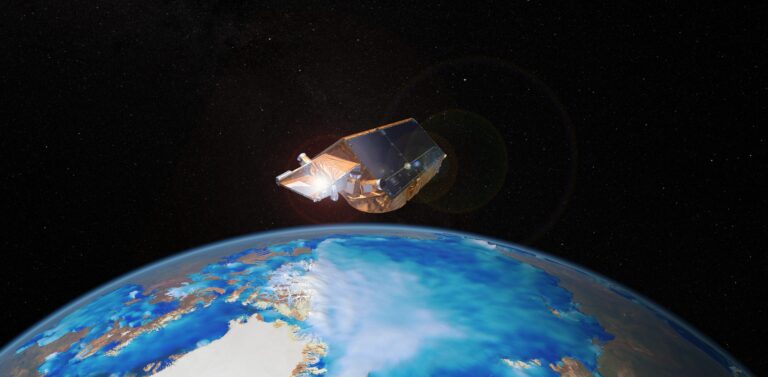Germany’s AWI Helmholtz Centre for Polar and Marine Research has released new findings from a study on sea ice in the Arctic Ocean, which has revealed how the intrusion of warmer Atlantic waters is reducing ice regrowth in the winter.
Previous research suggested that sea ice can partly recover in the winter months following a strong summer melt because thin ice grows faster than thick ice. However, the findings indicate that heat from the ocean is overpowering this stabilizing effect, reducing the volume of sea ice that can regrow in the winter.
The scientists used satellite data from the European Space Agency’s (ESA) Climate Change Initiative to calculate changes in the volume of Arctic sea ice between 2002 and 2019.
They mapped regional changes in sea-ice volume owing to drift and calculated how much ice grows because of freezing each month. They also used model simulations to explore the causes of change, which corroborated their findings.
Dr Robert Ricker, from the AWI Helmholtz Centre for Polar and Marine Research, said, “Over the last decades we observed the tendency that the less ice you have at the beginning of the freezing season, the more it grows in the winter season. However, what we’ve found now is that in the Barents Sea and Kara Sea regions, this stabilising effect is being overpowered by ocean heat and warmer temperatures that are reducing the ice growth in winter.” This new process is called Atlantification.
The scientists used ice-thickness data from the ESA’s CryoSat mission – Europe’s first spacecraft dedicated to the study of ice. The scientists combined this information with data from the ESA Soil Moisture and Ocean Salinity (SMOS) satellite.
As well as being used for forecasts, this combined data also revealed that the volume of sea ice in the 2020-21 winter season was at its lowest since these sea-ice data products began in 2010.
Arctic sea-ice volume 2010–19:
Video: AWI/ESA geoGraphics



